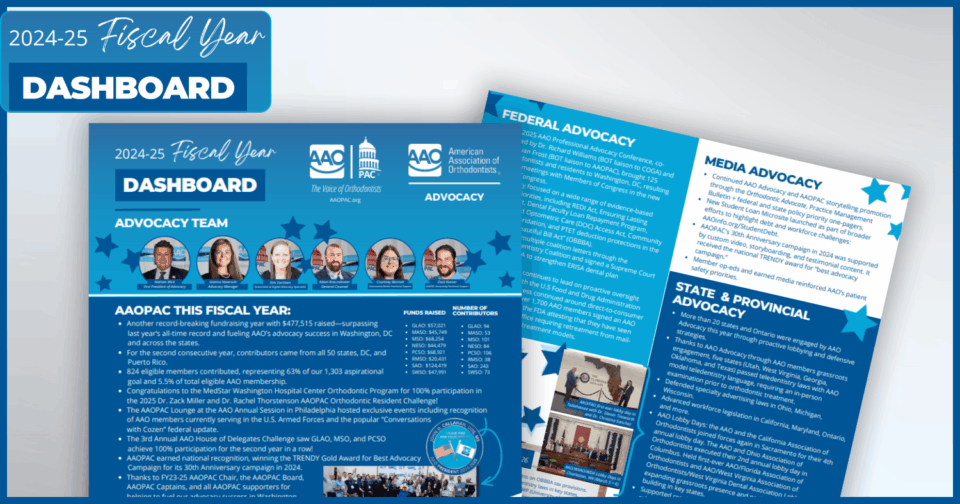by Dr. Lauren Gray
Searching for employment opportunities at the end of your residency is stressful. Additionally, you might be finishing patient treatment, preparing cases for presentation to the ABO (American Board of Orthodontics) or completing a master’s thesis. Thankfully, all of the residents in my class were able to find employment before graduation.
I graduated from Temple University in August of 2015 and currently work for two different orthodontists at three locations. I work full-time between the two employers and am able to experience different practice systems with each. I am getting married to a fellow orthodontist who similarly works for two employers. Between our four employers, we have accrued a lot of information about what finding a practice and becoming an associate entails. It is my hope to shed some light on the process of applying for associate positions.
Throughout your residency it is a good idea to shadow offices. When it comes time to apply for a position, the first step is defining what you are hoping to find. There are many motivations that drive us toward or away from each type of opportunity. If you have narrowed down your search to associate opportunities you still have to think about what type of an associate you hope to be.
● You may be looking for an associate position that offers more mentorship or one with greater independence.
● You may prefer to work alone or in conjunction with other orthodontists.
● You may want to work full-time at one office or work at a number of offices to gain valuable experience with different office systems.
● Some opportunities offer the ability to treatment plan cases, while others allow little to no case planning possibilities.
How many patients will you be comfortable seeing and how far are you willing to commute? If you have expectations to grow into a practice, that should be discussed at an early stage of your search. Choosing a practice style that would maximize your happiness, and best prepare you for your long term goals, will help narrow your search.
Next, begin preparing or updating your resume and cover letter. Your cover letter should include a description of employment objective, a brief biography and an overview of your educational background and the systems you covered in residency. Make your packet look not only professional, but also inviting, and allow it to reflect your personality. A uniquely-colored mailing envelope with a well-printed, bold label may help draw your application out of the many received by potential employers. Make sure that all of your contact information is included on every component of your application.
You can choose where to apply by a variety of means. You may have a desired area of practice. However, it should be noted that most associate contracts do have a non-compete clause that limits future practice to a given distance from the employing office.* Therefore, you may need to distance your search from certain areas where you might want to practice in the future. Consult friends and family who are involved in the dental field or non-dental resources local to your area of interest. Faculty within your residency program can be supportive in providing information about possible opportunities and may even provide opportunities themselves.
You can also use resources including the AAO’s online matching service (AAO Career Center), general web searches, and websites like indeed.com and simplyhired.com. Once a list of potential employers is formulated, research each and determine if the office’s principles and practice style mesh with your objectives.
After sending your applications, the next move is making appropriate follow-up. Calling the office to inquire about the receipt of your application or sending a follow-up letter is appropriate after a few weeks. Remember the names of the employees you speak with on the phone in case of future interactions. Even if an office is not looking for an associate, a valuable relationship can still be forged. Orthodontists who are not hiring may contact you later with opportunities, offer their mentorship, or request your help with office coverage in the future.
If you receive positive feedback on your application packets, it is typical to be invited for an interview in a formal or informal setting. Assuming the interview process goes well, you will be given a contract to review. It is important to review your contract with a lawyer who is familiar with an orthodontic associate-type contract. It is also helpful to discuss your contract with recent graduates who have signed similar contracts. This helps to ensure you are treated fairly and set up for success in your new position. *
Dr. Lauren Gray of Narberth, Pennsylvania is a Middle Atlantic Society of Orthodontists (MASO) representative to the AAO’s Council on New and Younger Members (CONYM). She can be reached at [email protected].
* Learn more about contracts via the AAO Contract Guide in the New Member Legal Starter Kit.



